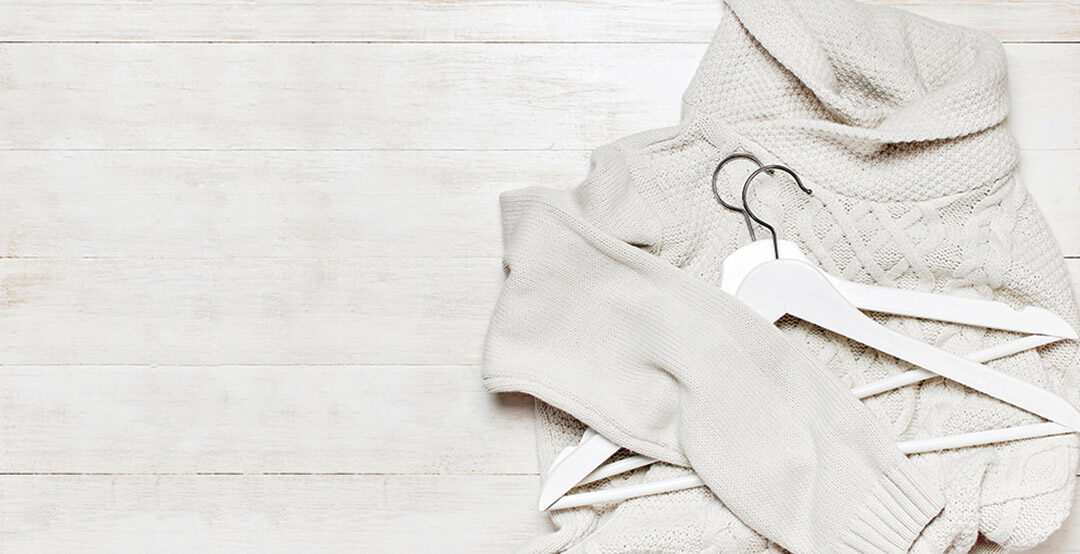By JeanAnn Taylor
If you are like me, you grew up with the strict fashion rule of, “No white after Labor Day.” White clothing was appropriate from Memorial Day until Labor Day. Period. Fortunately, that silly fashion rule is outdated. White is too pretty to limit to only spring and summer. Wearing white is now considered to be appropriate for all seasons.
White fashion during the heat of summer makes perfect sense. White fabrics don’t absorb heat the way darker colors do. The light color also lends itself to the easy-breezy silhouettes found in full skirts, loose-fitting tops, and butterfly sleeves. These flowing styles help to keep us cool when the temperatures soar.
To transition white into autumn and winter, consider your choice of fabric. Obviously, eyelets, linen, and seersucker are too lightweight for cooler weather. Denser-weave cotton, wool, cashmere, and flannel will feel much better on chilly days.
Summer whites are often clear, bright whites; the whites of fall are softer creams, ivories, and vanillas. For a pretty accent on a monochromatic outfit, try including one element of color such as a bright ruby or soft blush scarf. This will add just a pop of color. Mixing whites is also a flattering way to wear white. Eggshell can be mixed with ivory; cream can be worn with vanilla. The key to mixing prints, colors, and textures is to make the ensemble appear intentional—not haphazard.
Labor day is considered to be the end of summer fashion; however, with cozy hoodies in vanilla, cashmere sweaters in ivory, skirts in eggshell, and pea-coats in marshmallow—all in our foreseeable fashion future—who can feel sad about that?
Style expert JeanAnn Taylor can be reached at [email protected]

